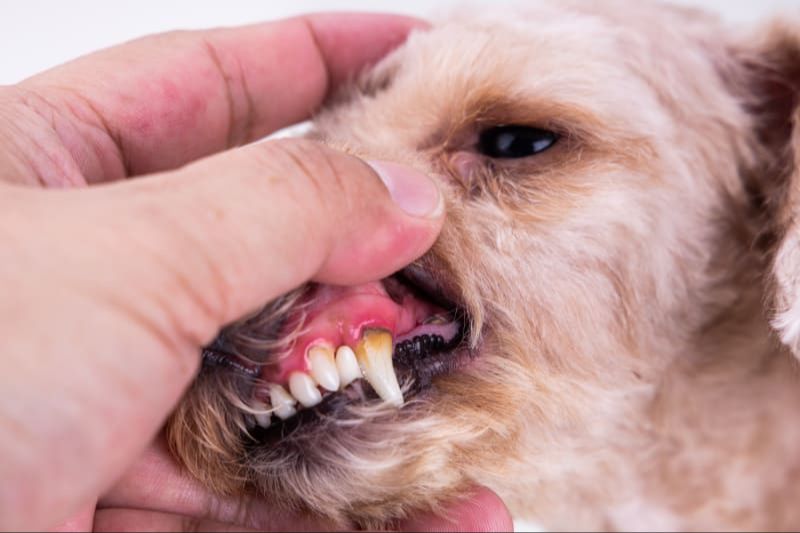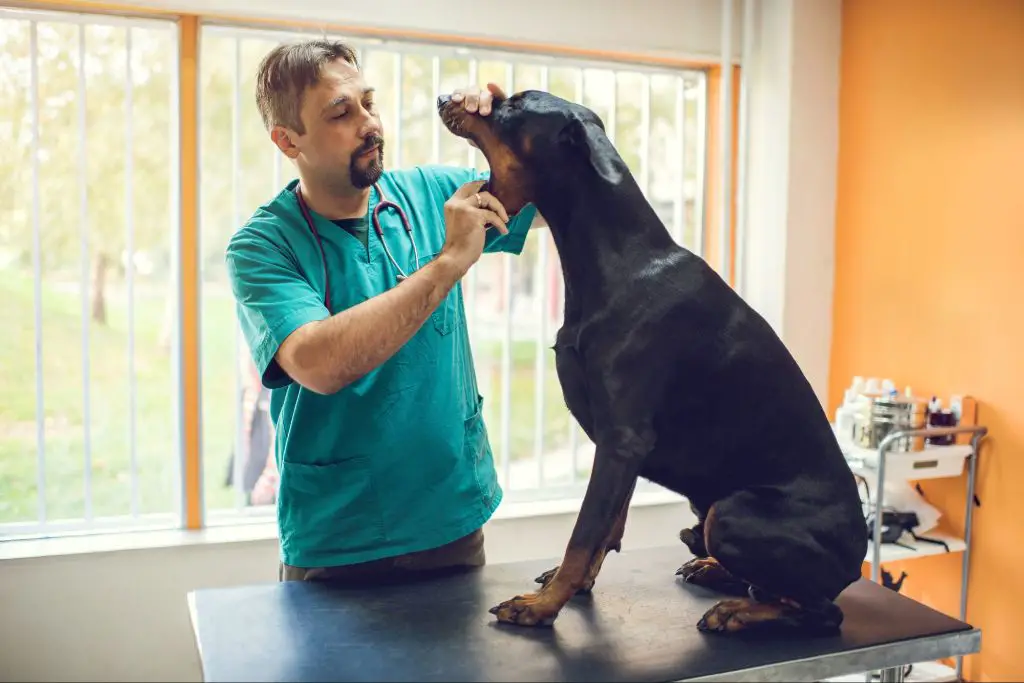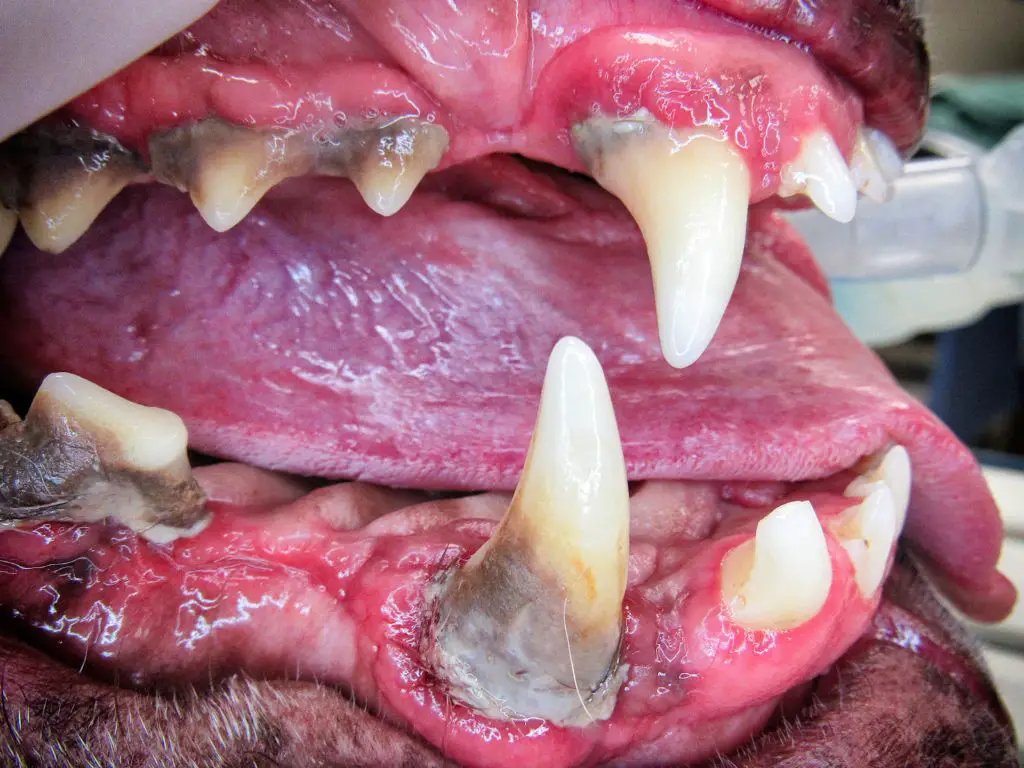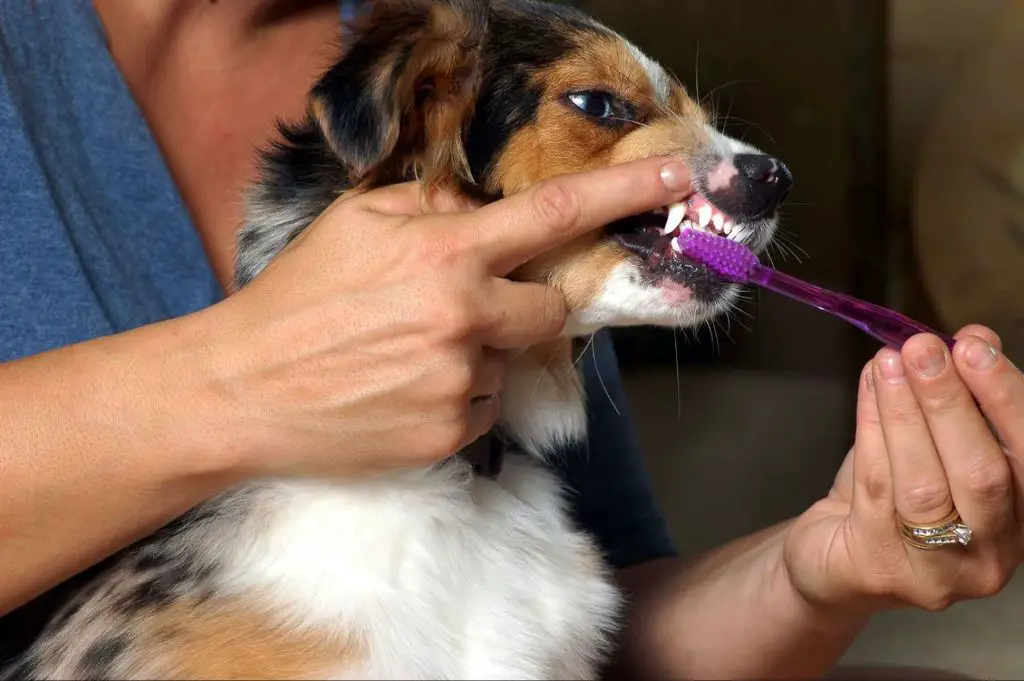Introduction
Oral health is extremely important for dogs, just like humans. However, studies show that by age 3, 80% of dogs have some form of periodontal disease. Poor dental care can lead to a number of health issues for canines including tooth decay, gum disease, bone loss, kidney disease, heart disease, and even behavioral issues.
Because dogs can’t properly brush and floss their own teeth, dental care often gets overlooked by owners. But visiting the vet regularly and establishing a dental hygiene routine at home is key to preventing dental disease, tooth loss, and other problems in dogs. When dental issues do arise, vets have a number of methods to treat them and restore oral health.
Common Dental Problems in Dogs
Dogs can suffer from a variety of dental conditions just like humans. Some of the most common dental problems seen in canines include:

Periodontal Disease – This is inflammation and infection of the tissues surrounding the teeth. It’s caused by plaque and tartar buildup on the teeth. If left untreated, periodontal disease can lead to receding gums, bone loss, tooth loss, and systemic infections.
Broken or Fractured Teeth – Dogs can fracture or chip their teeth from chewing on hard objects like bones, rocks, or from trauma. The pulp can become exposed, resulting in infection and pain.
Malocclusion – This refers to misalignment of the upper and lower teeth. It can be caused by traumatic injury, abnormal growth, or genetic factors. Malocclusion can lead to painful chewing and complications.
Cavities – Dogs can get dental caries or cavities just like people. Cavities are holes in the teeth caused by dental plaque and acid damaging the enamel. Left untreated, cavities can become severely infected and painful.
Signs of Dental Disease
There are several common signs indicating your dog may have dental disease that require veterinary attention:
Bad Breath: Persistent bad breath or halitosis can signify an infection or inflammation in your dog’s mouth. It’s not normal for dogs to have chronic bad breath.
Trouble Eating: You may notice your dog has difficulty picking up food, chewing properly, or drops food from their mouth. This can be a sign of an oral health problem like gingivitis, a fractured tooth, or an abscess.
Swollen Gums: Inflamed, red, or swollen gums indicate infection or gingivitis. Gum disease allows bacteria to enter the bloodstream and infect the heart, kidneys, and liver.
Loose Teeth: Wobbly or loose teeth are a clear sign of periodontal disease. Tooth loss occurs when inflammation destroys the tissues holding the tooth in place.
Behavior Changes: Dogs with mouth pain may show changes in behavior such as aggression, hiding, or hesitance to eat. These signs warrant an oral exam by your veterinarian.
Diagnosing Dental Issues
Veterinarians have a few methods to diagnose dental disease and determine if a dog requires treatment:

-
Oral Exam: The vet will perform a complete inspection of the dog’s teeth, gums, tongue, lips and jaw. They will look for signs of infection, swelling, loose teeth, masses, and other abnormalities.
-
Dental X-Rays: Dental radiographs (x-rays) allow the vet to see below the surface of the teeth and spot problems not visible during an oral exam, such as bone loss, tooth roots, cysts, or abscesses.
-
Probing the Gums: Using a dental probe, the vet will check around each tooth for periodontal pocket depth, which indicates gum disease. Normal depth is 1-3 mm, while 4+ mm indicates pathology.
These diagnostic techniques help the vet fully assess the health of the mouth, determine where problems exist, and decide on the appropriate course of treatment.
Professional Cleaning
One of the most common dental procedures dogs undergo is a professional dental cleaning. This is performed under general anesthesia by a veterinarian and involves scaling and polishing the teeth above and below the gumline to remove tartar and plaque buildup.
The vet will first perform a pre-anesthetic examination to ensure the dog is healthy enough for anesthesia. An IV catheter is placed and the dog is intubated and put under anesthesia. Their teeth are then scaled using both hand and ultrasonic scalers to loosen and remove calculus deposits. Any remaining plaque and stains are polished away with a polishing paste. Fluoride may be applied to help strengthen enamel.
Professional dental cleanings are important for removing infection-causing bacteria under the gumline. However, there are some risks with anesthesia and dental procedures. Potential complications include adverse reactions to anesthesia, broken teeth during scaling, and infections. Proper aftercare is essential, including soft food diet and antibiotics if prescribed.
Cleanings are recommended every 6-12 months depending on the dog. They do not correct underlying periodontal disease but can help slow its progression. Good at-home dental care between professional cleanings is still important.
Tooth Extractions
Tooth extraction is the surgical removal of a tooth from the socket in the jawbone. It is typically recommended when a tooth is severely damaged from decay, infection, or trauma and cannot be saved through other dental treatments.
The tooth extraction procedure is performed under general anesthesia so the dog feels no pain or discomfort. The veterinarian will thoroughly examine the tooth and surrounding gum tissue. They will take x-rays of the tooth and jaw to visualize the tooth roots and plan the most effective extraction method.

Depending on the tooth being extracted, the vet may need to cut into the gumline around the tooth and carefully loosen it from the socket by rocking it back and forth. Some teeth may require sectioning if the roots are curved or fused. Once loose, the vet will use dental instruments to completely remove the tooth.
After extracting the tooth, the vet thoroughly irrigates the empty socket to remove any debris. They may place stitches to close the gumline over the extraction site. Most dogs only need minimal aftercare like soft foods, pain medication, and antibacterial rinses or gels while the socket heals over the next 7-10 days.
Tooth extraction is an effective treatment for eliminating dental infection and discomfort in dogs when a professional dental cleaning cannot save the tooth. With proper aftercare, dogs can adapt well to life after tooth extraction.
Other Treatments
In some cases, more advanced dental treatments may be recommended for dogs with severe dental disease. These can include root canals, crowns, and orthodontics.
Root canals are performed on dogs when the pulp chamber of the tooth becomes infected. The veterinarian will drill into the tooth to access the root canal system and remove all infected material. The canal is then disinfected, filled with a special material, and sealed. This helps save teeth that would otherwise require extraction.
Crowns can be placed on teeth that have become seriously weakened from decay or injury. The weakened portion of the tooth is trimmed away and a crown is placed over the remaining tooth to protect it. Crowns improve the tooth’s strength and appearance.
Braces and other orthodontic appliances may be used to correct malocclusions (improper bites) in some dogs, especially certain breeds prone to misaligned teeth. This can help prevent dental disease resulting from overcrowding or abnormal wear.
These advanced dental treatments require specialized equipment and expertise. They are typically performed by veterinary dentists or oral surgeons. While expensive, they can be good options for preserving teeth and bite function in dogs with significant dental disease.
At-Home Dental Care
There are several things owners can do at home to help maintain their dog’s dental health between professional cleanings and checkups:
Brushing

Brushing your dog’s teeth daily is the most effective way to reduce plaque and tartar buildup at home. Use a soft-bristled toothbrush and dog-safe toothpaste. Lift the lips to expose the teeth and gently brush in circular motions. Focus on the outer surfaces of the teeth. Introduce brushing slowly with positive rewards to help your dog get used to the process.
Dental Diet
Feeding dry kibble instead of wet food helps scrape away plaque. Look for kibble specially formulated to reduce plaque and tartar. The shape, size, and texture are designed to gently clean teeth as the dog chews. This maintains dental health between professional cleanings.
Chew Toys
Providing safe chew toys also helps remove plaque. Look for treats and toys with textures and shapes that scrape teeth. Supervise your dog with any chew to prevent choking or ingesting. Rotate different chews to keep your dog interested and engaged.
Preventing Dental Disease
There are several steps pet owners can take to help prevent dental disease in dogs:
Brushing: Brushing your dog’s teeth daily is the most effective way to remove plaque and tartar. Use a soft bristle toothbrush and dog-safe toothpaste. Take it slow at first to get your dog comfortable with the process. Work up to brushing all surfaces of the teeth.
Dental cleanings: Even with home brushing, most dogs still need professional dental cleanings 1-2 times per year. Vets use scaling and polishing to thoroughly clean above and below the gumline. Cleanings remove built-up tartar and plaque that can’t be reached by brushing.
Avoiding sugar: Sugary treats and food can lead to cavities and dental disease. Stick to dog food and treats formulated to reduce plaque and tartar. Avoid people food with sugar. Water additives and dental chews can also help reduce plaque.
Conclusion
Oral health is extremely important for your dog’s overall wellbeing. Periodontal disease is painful and can lead to other health complications if left untreated. By brushing your dog’s teeth daily, providing dental chews, and scheduling regular veterinary cleanings, you can help prevent plaque buildup and tooth decay.
If you notice signs of dental problems like bad breath or difficulty eating, schedule an exam right away. Your vet will assess your dog’s mouth and may recommend a professional cleaning or tooth extraction for severely damaged teeth. With proper at-home care and veterinary dental cleanings as needed, your dog can enjoy a lifetime of healthy teeth and gums.
Working closely with your veterinarian and following their recommended treatment plan is key to managing your dog’s dental health. Together you can make sure your dog’s teeth stay clean and plaque-free for many years to come.